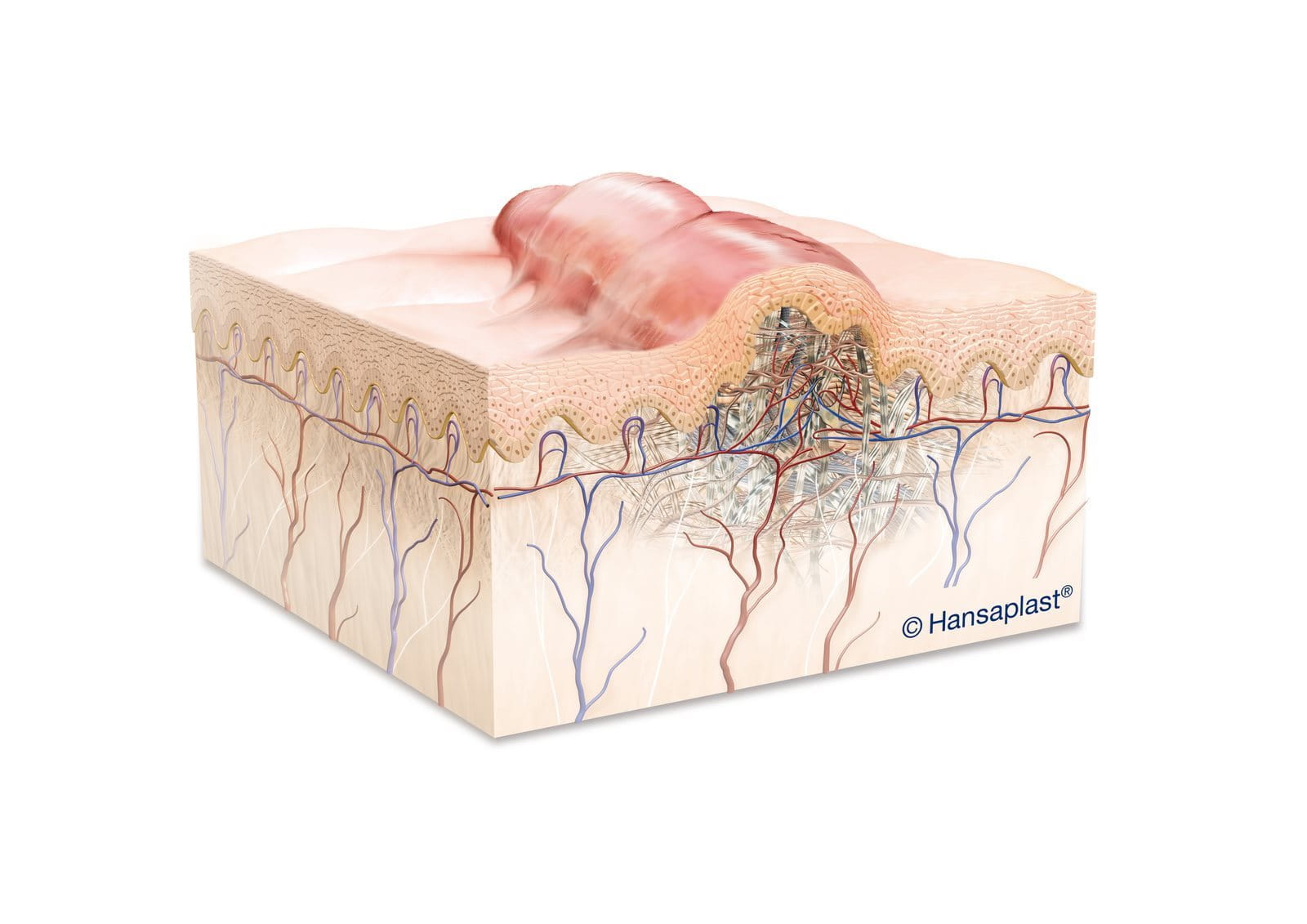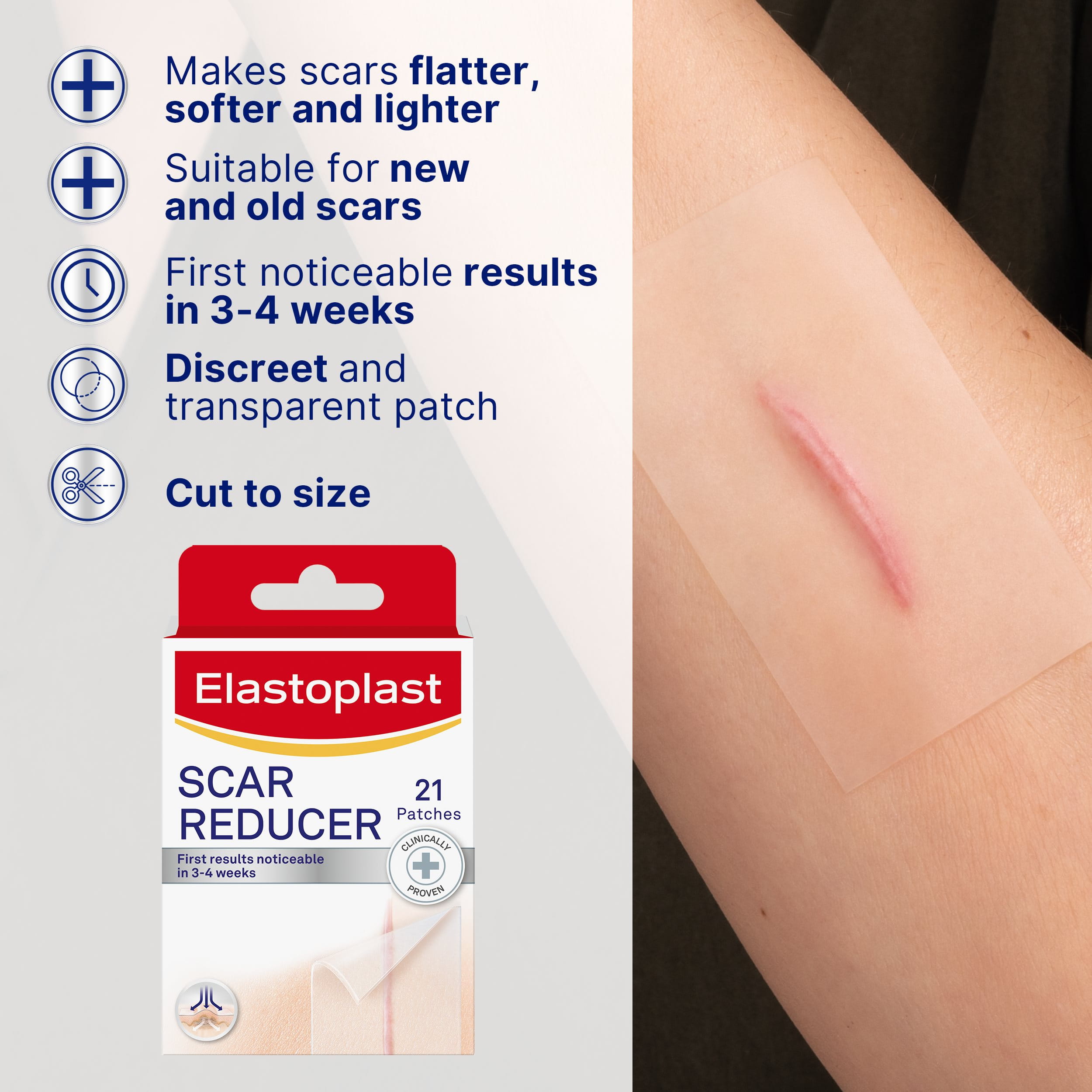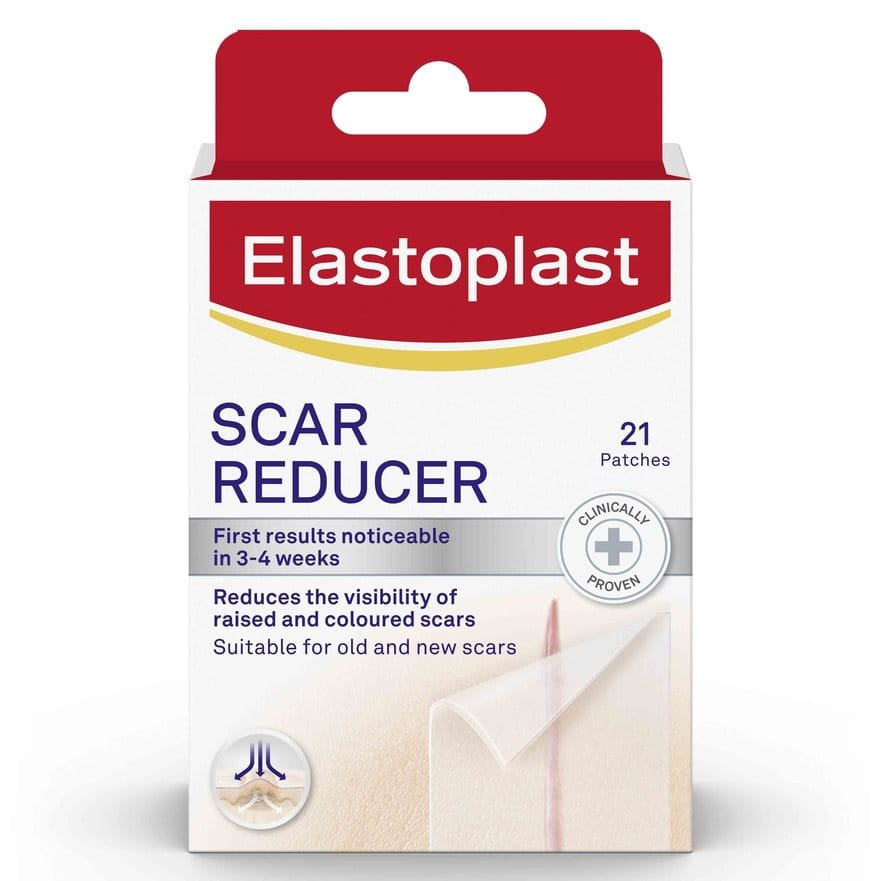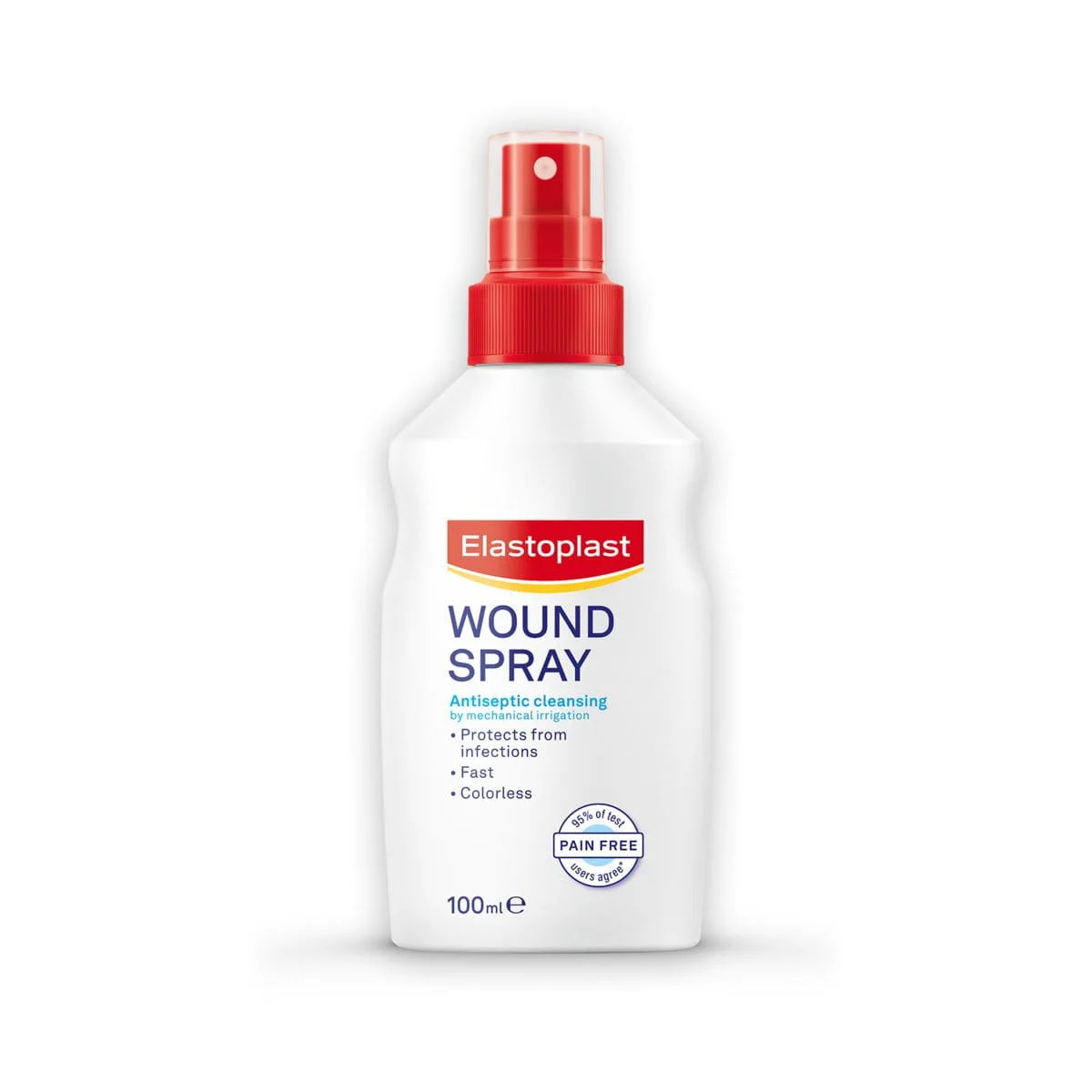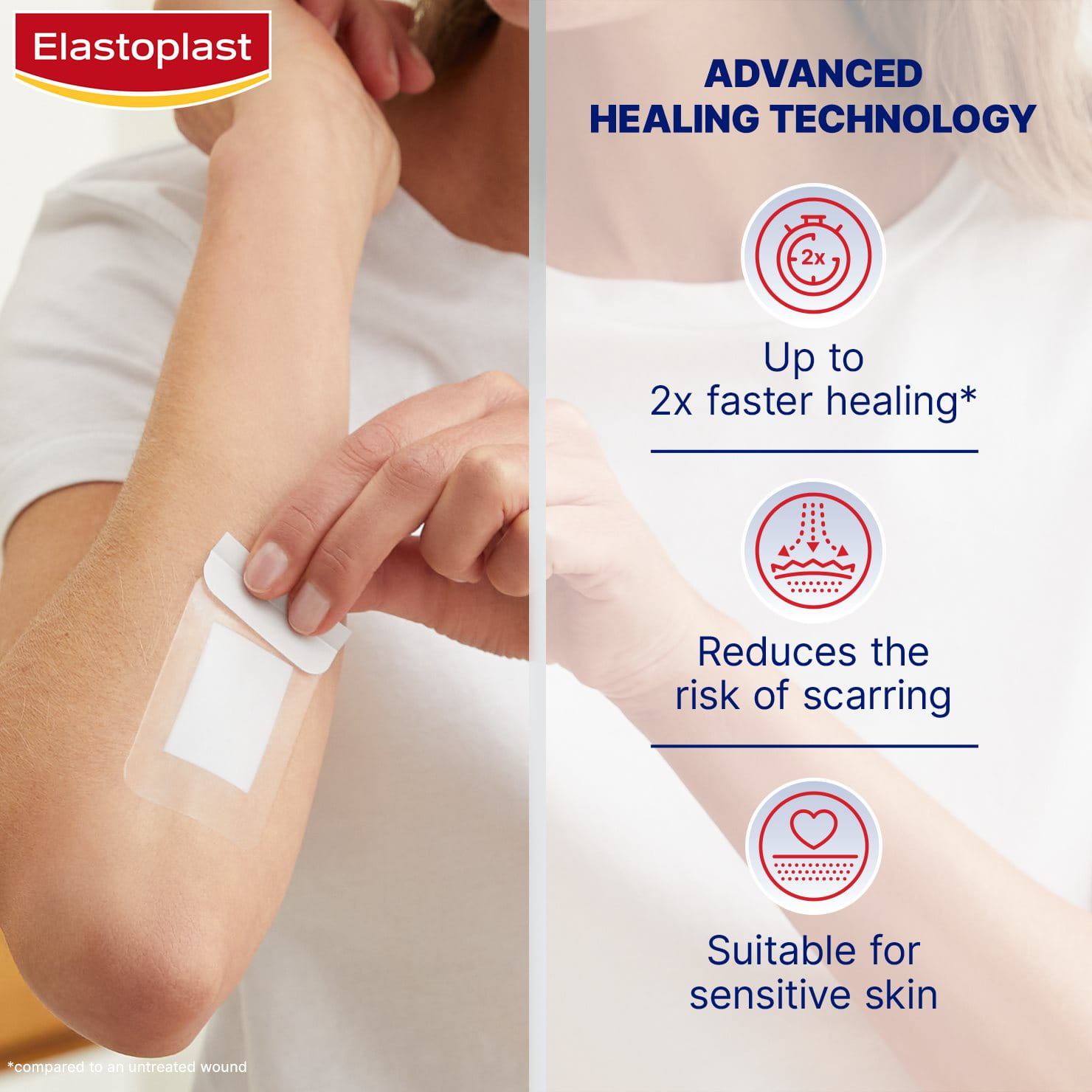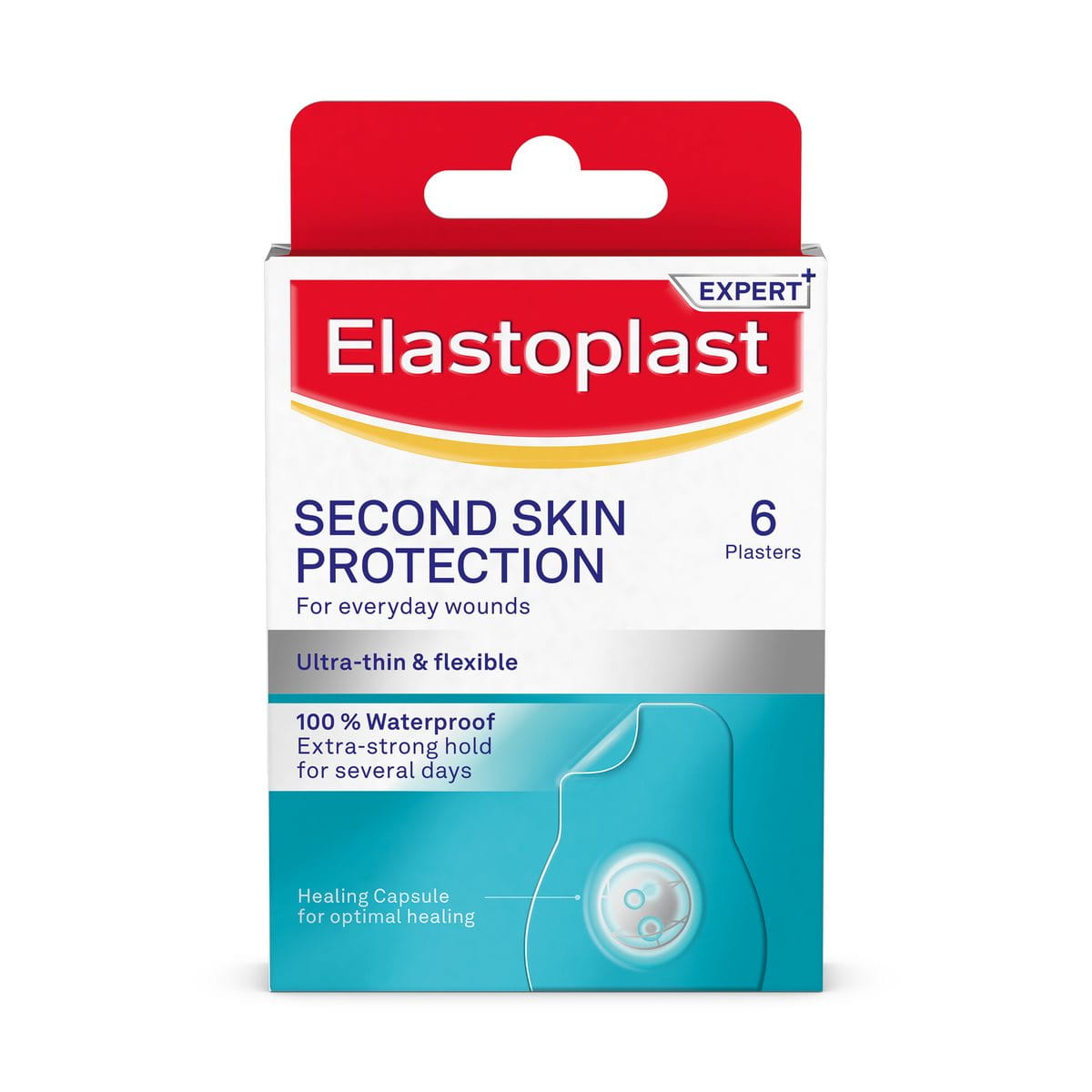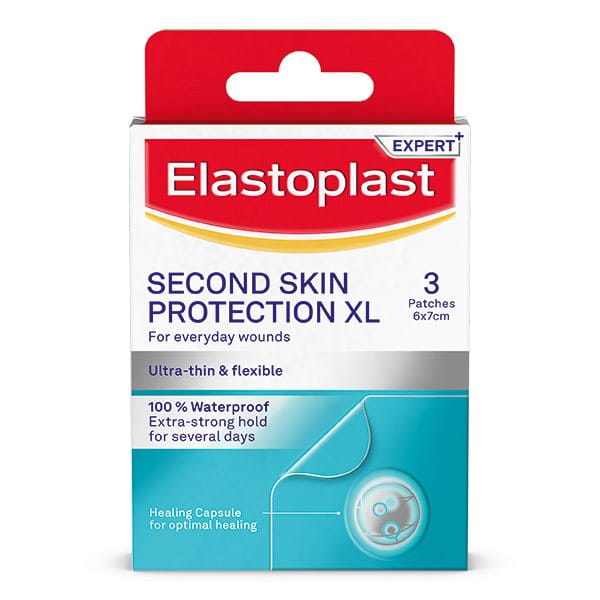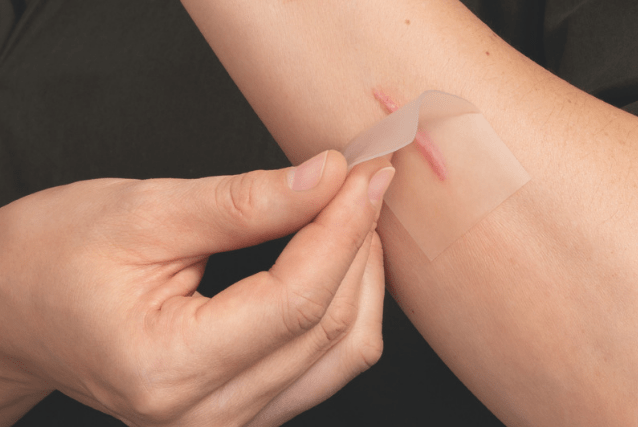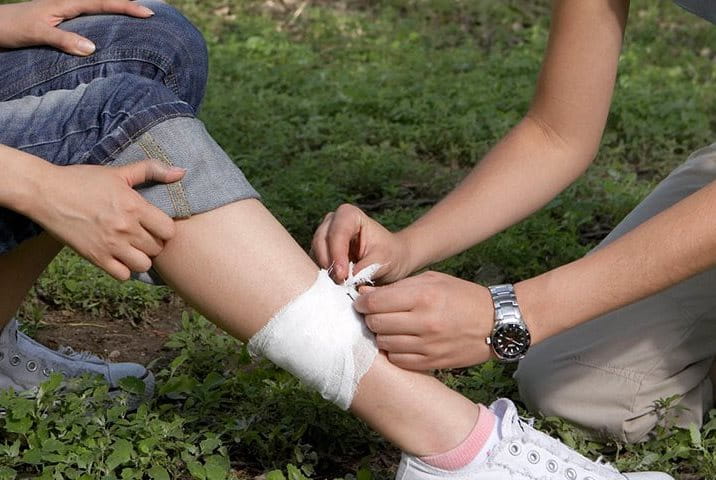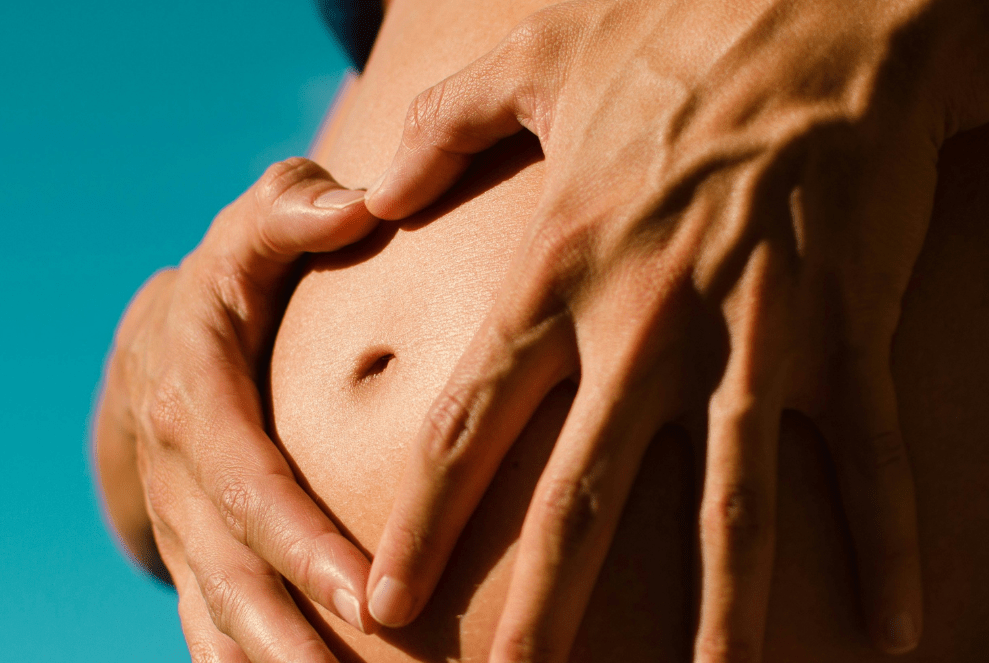Published: July, 2021
Last Reviewed: September, 2025
Whether it’s from a car accident, surgery, or a minor injury, scars are a natural part of the skin’s healing process. While many scars fade over time, some wounds can result in keloid scars—raised, smooth, and firm growths that form when the body produces too much scar tissue.
In this article, you’ll learn what keloid scars are, what causes them, how to recognise the symptoms, effective treatment options, how to reduce the appearance of keloid scars with Elastoplast Scar Reducer Patches, and practical steps to help prevent them from forming.



